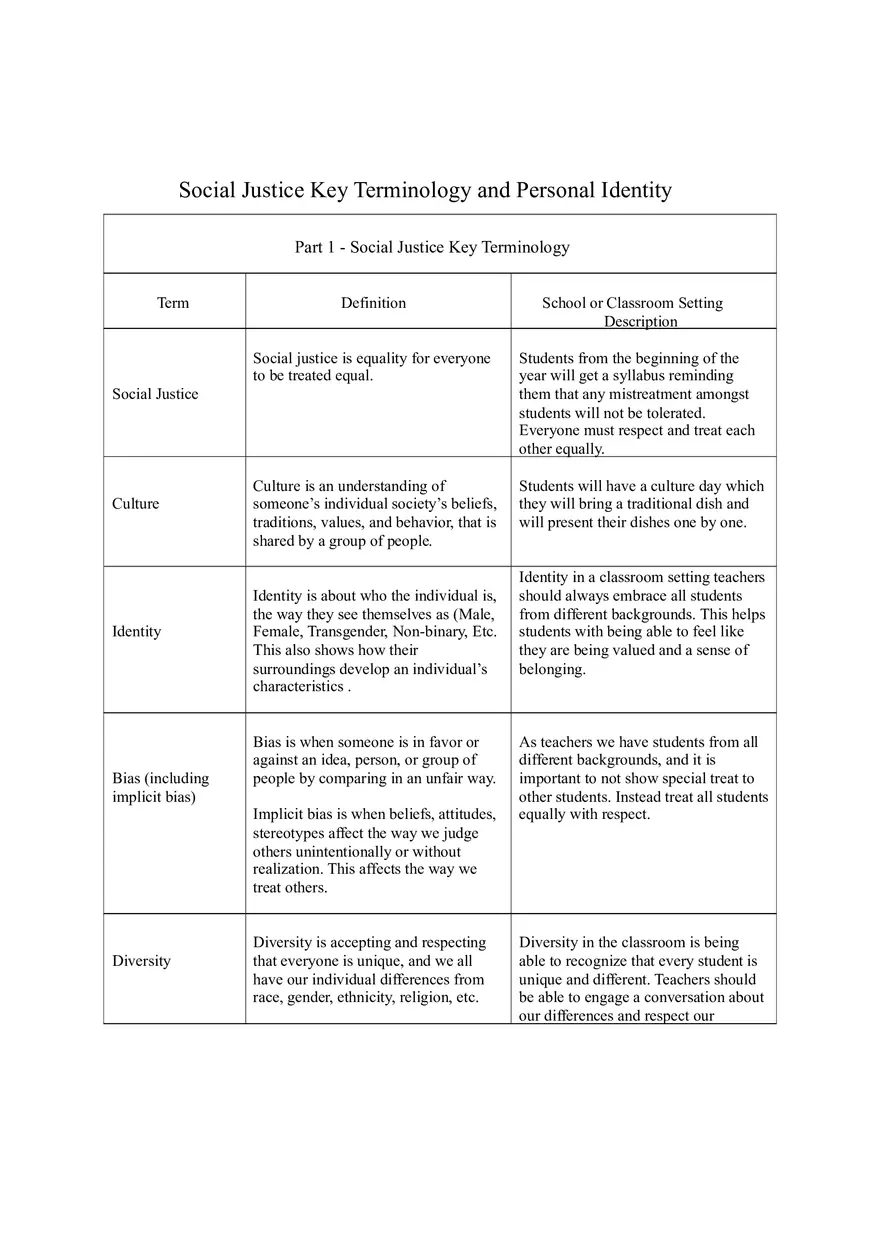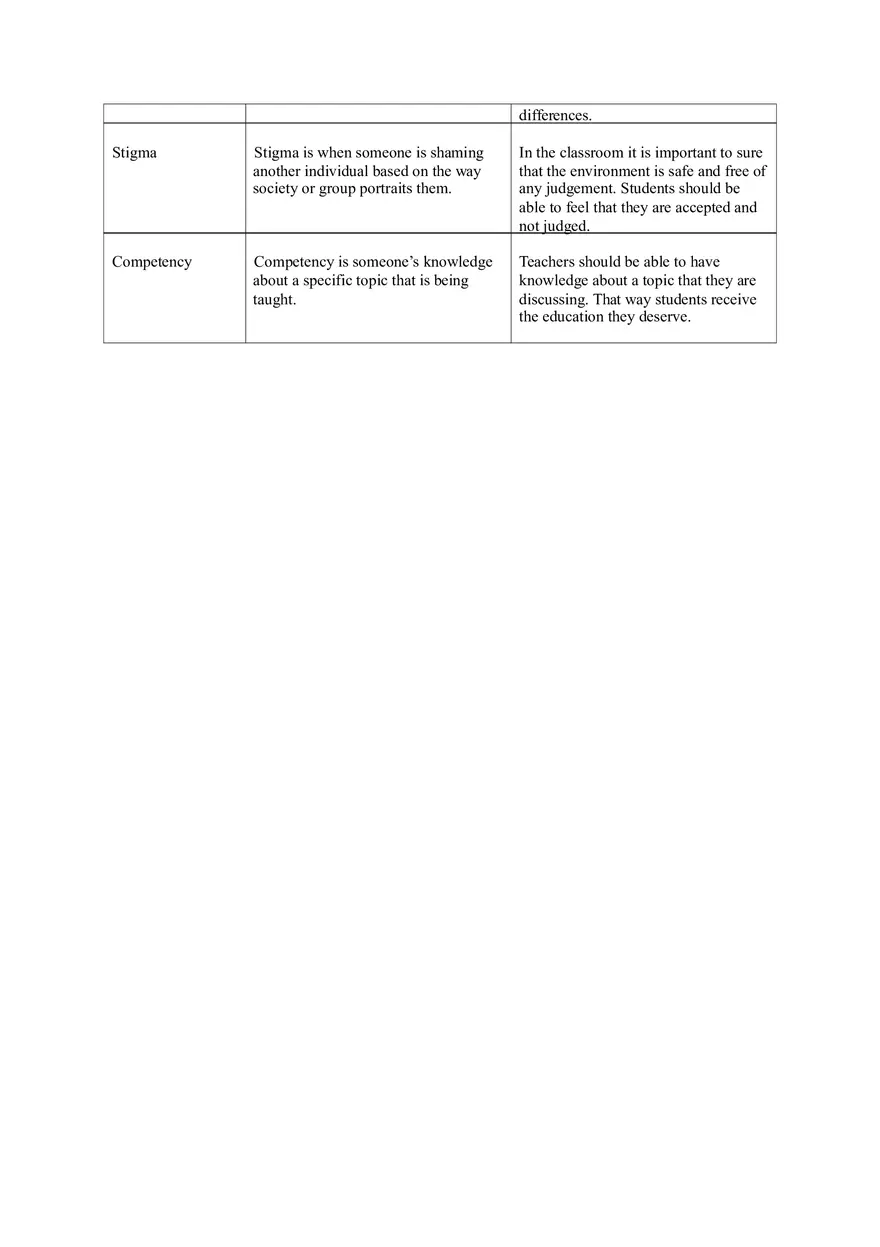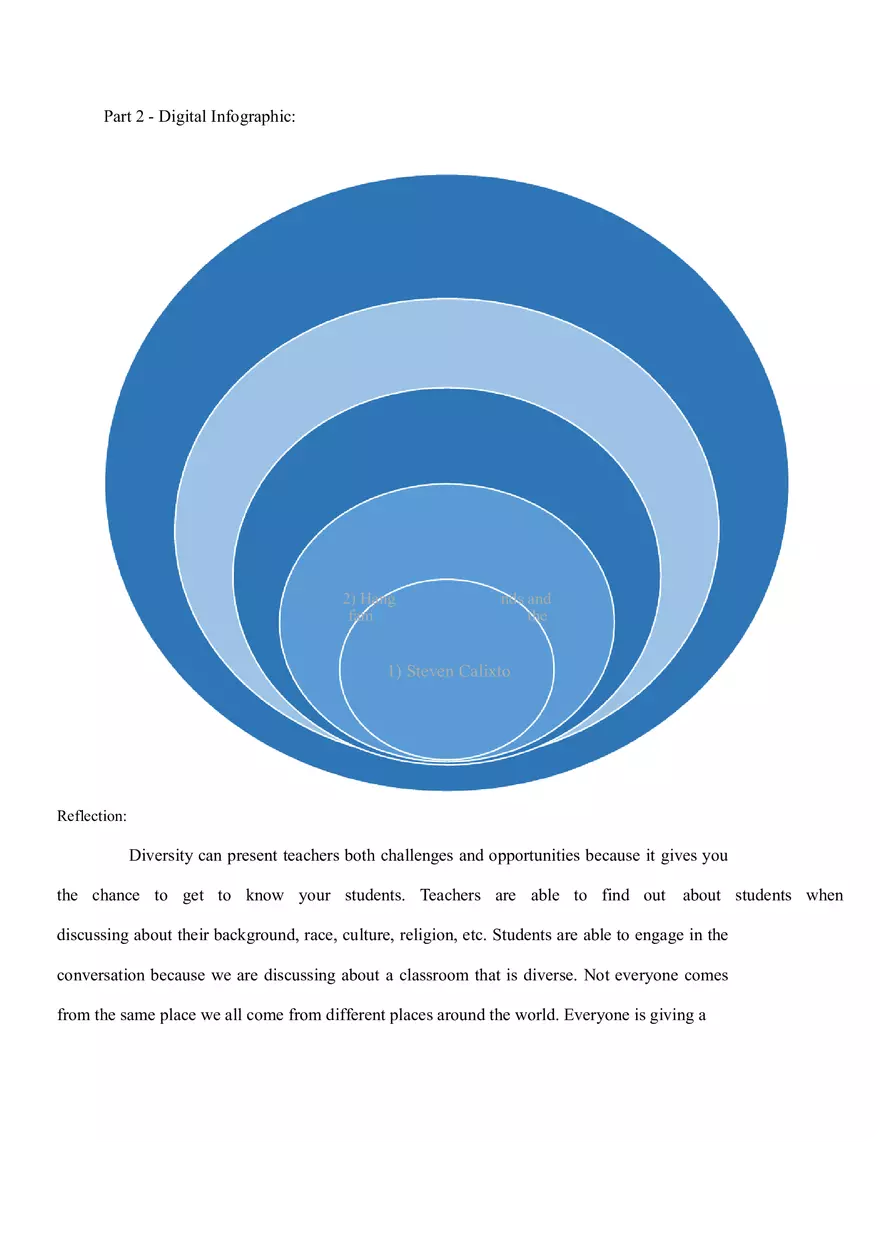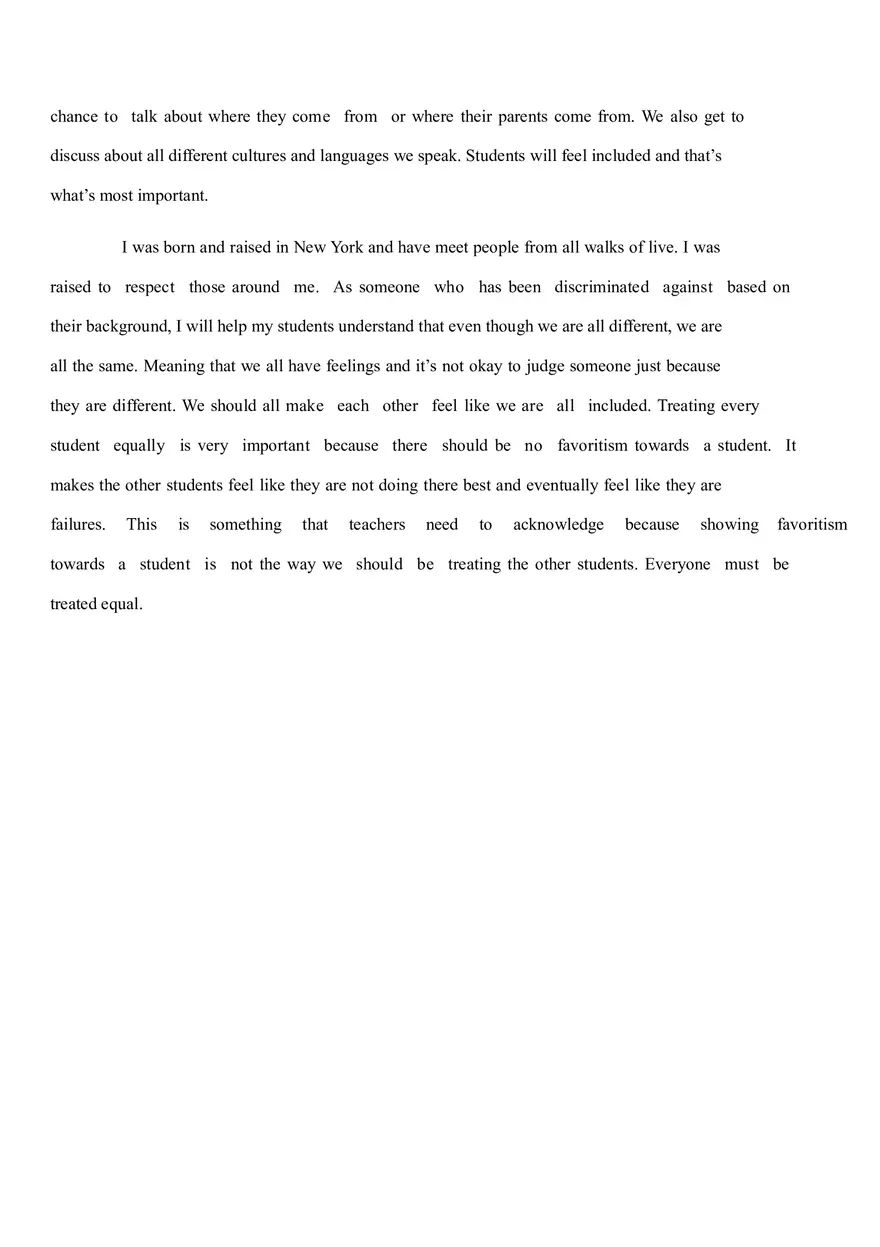Study Guide
Social Justice Key Terminology and Personal Identity
-
University:
Tennessee State University -
Course:
CRMJ 2000 | Intro Criminal Justice Studies Academic year:
2022
-
Views:
150
Pages:
4
Author:
Leilani Contreras
Related Documents
- Basics of Fingerprints Part 2
- Criminology and Justice Studies Answer Note #1
- The Life and Deaths of Dorothea Puente Detailed Notes
- Martin v Hunter's Lessee Summary
- Louisville and Nashville Railroad Co. v. Mottley
- What is a Tort (Lecture) Part 7
- What is a Tort (Lecture) Part 4
- Illegal Contracts Lecture 4
- Criminalistics - An Introduction to Forensic Science Part 3
- Criminalistics - An Introduction to Forensic Science Part 2
Social Justice Key Terminology and Personal Identity




Report
Tell us what’s wrong with it:
Thanks, got it!
We will moderate it soon!
Report
Tell us what’s wrong with it:
Free up your schedule!
Our EduBirdie Experts Are Here for You 24/7! Just fill out a form and let us know how we can assist you.
Take 5 seconds to unlock
Enter your email below and get instant access to your document